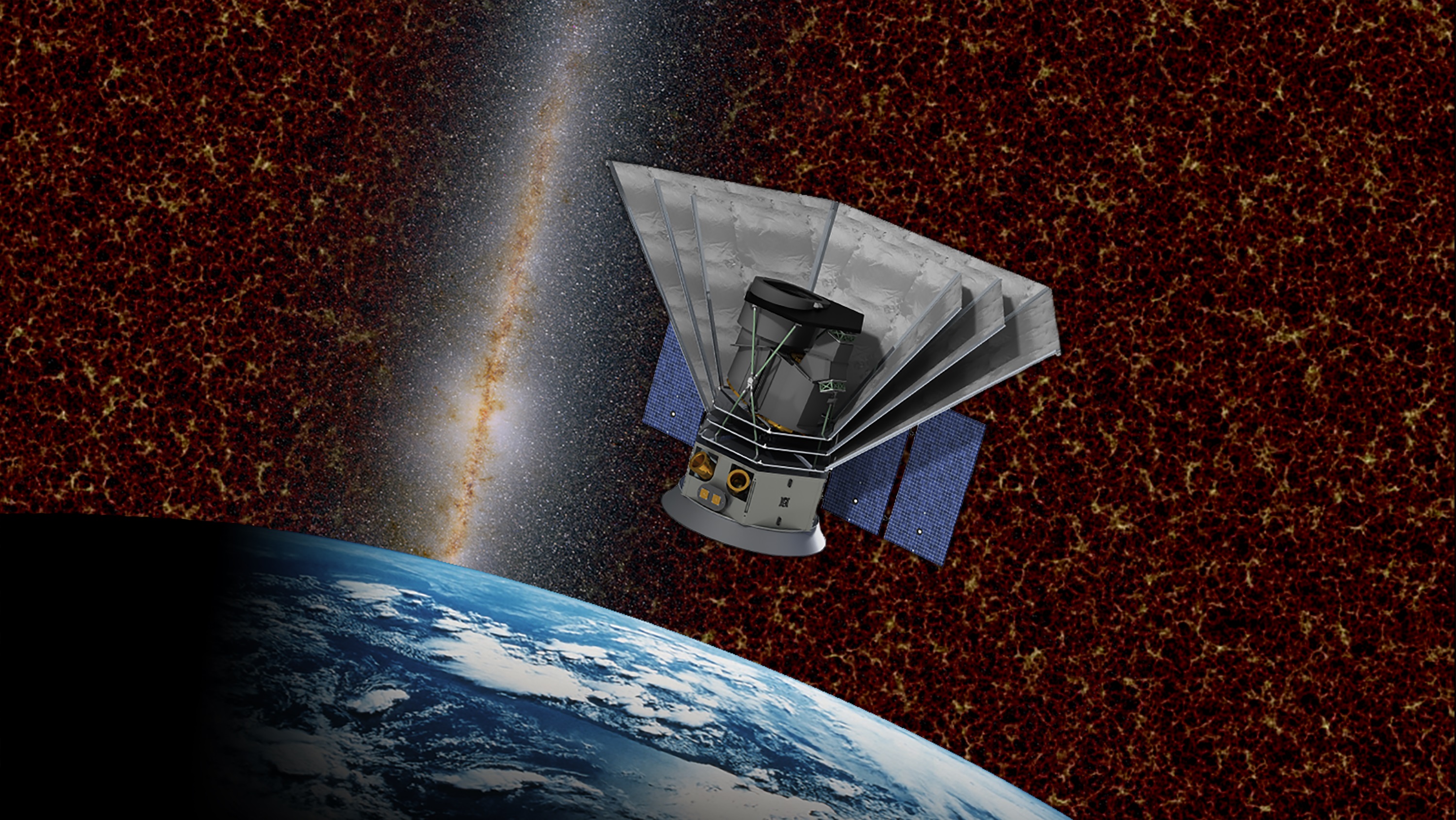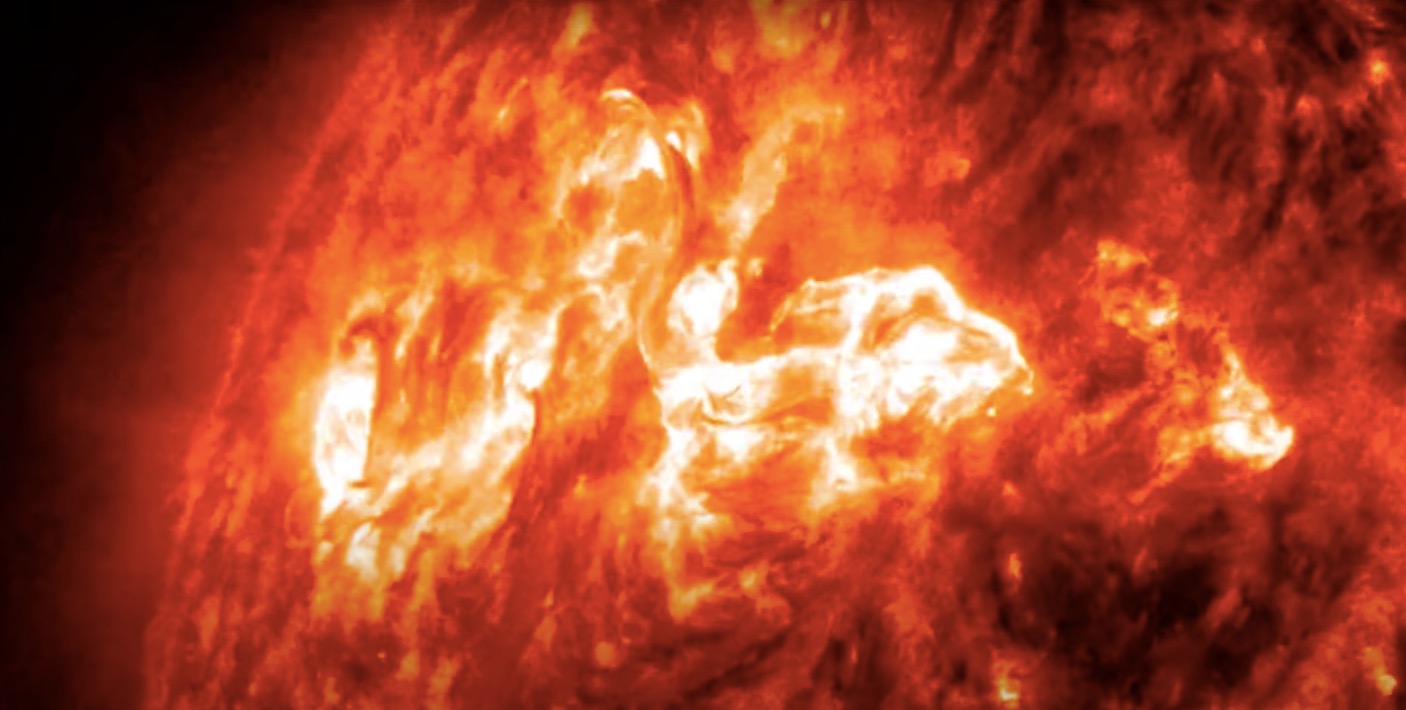SpaceX will launch solar wind mission with space telescope in 2025
The two missions will 'carpool' to orbit aboard a SpaceX Falcon 9 rocket in a bid to overcome supply chain issues.

Two NASA missions will take a roadtrip together to orbit in April 2025, the agency announced.
Onboard a SpaceX Falcon 9 rocket will be five spacecraft, one devoted to astrophysics and the other four a mission devoted to solar science. NASA said the "carpool" arrangement, as they termed it, would save expenses and complication, in an statement released Wednesday (Aug. 3).
"Rideshares are a great way to save money," Craig DeForest, PUNCH principal investigator at Southwest Research Institute in Boulder, Colorado, said in the statement.
The dual launch will take place from Vandenberg Space Force Base in California.
Related: NASA will launch a new space telescope in 2023 to investigate the universe
PUNCH, known more formally as Polarimeter to Unify the Corona and Heliosphere, will study the solar wind, the constant stream of charged particles flowing off the sun. The four-satellite mission delayed its launch date two years from 2023 to overcome supply chain issues during manufacturing, the agency added.
The mission will join SPHEREx (short for Spectro-Photometer for the History of the Universe, Epoch of Reionization, and Ices Explorer), which is also seeing its launch date pushed back from an initial June 2024 target.
Get the Space.com Newsletter
Breaking space news, the latest updates on rocket launches, skywatching events and more!
Related: Scientists just mapped 1 million new galaxies, in 300 hours

The mission of SPHEREx will not only be to map 300 million galaxies in the universe and 100 million stars of the Milky Way galaxy, but also to hunt for signs of water and organic (life-friendly) molecules. These elements are present in stellar nurseries, or regions filled with gas and dust surrounding young stars.
PUNCH, meanwhile, will examine solar ejections along with the superheated corona of the sun, in yet another agency effort to study the origin of the solar wind. It will add on to the investigations of the Parker Solar Probe, which periodically swoops into the corona to examine this critical region up close, among other investigations.
The aim in examining the corona is to better predict space weather, or solar activity that can affect Earthlings and the satellites nearby our planet.
Follow Elizabeth Howell on Twitter @howellspace. Follow us on Twitter @Spacedotcom or Facebook.
Join our Space Forums to keep talking space on the latest missions, night sky and more! And if you have a news tip, correction or comment, let us know at: community@space.com.

Elizabeth Howell (she/her), Ph.D., was a staff writer in the spaceflight channel between 2022 and 2024 specializing in Canadian space news. She was contributing writer for Space.com for 10 years from 2012 to 2024. Elizabeth's reporting includes multiple exclusives with the White House, leading world coverage about a lost-and-found space tomato on the International Space Station, witnessing five human spaceflight launches on two continents, flying parabolic, working inside a spacesuit, and participating in a simulated Mars mission. Her latest book, "Why Am I Taller?" (ECW Press, 2022) is co-written with astronaut Dave Williams.









